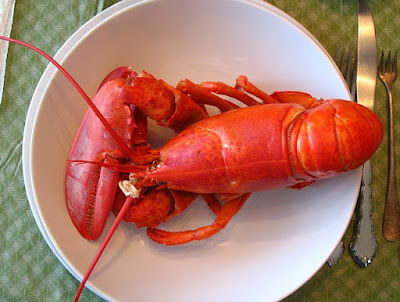Skyr vs. traditional skyr
I’ve just been reading an interesting report by Matís, an Icelandic biotech R&D institute, about skyr. They make a distinction between modern skyr and traditional skyr and one of the conclusions they come to is that MS Skyr is not traditional because it deviates from the traditional methods of making skyr. (I have already posted a recipe for skyr , which may be referred to for one traditional method). If you want to try the real thing, the report mentions that KEA and Bíóbú both make skyr with (modernised) traditional methods. Their products are available from supermarkets. In addition you can also buy traditional skyr from a couple of farms that participate in the Beint frá Býli movement (Farm Food Direct), and from specialised shops (I'm sure you can buy it from Frú Lauga , for example). I'm planning to read the report in more depth and may post a digest of the findings.
